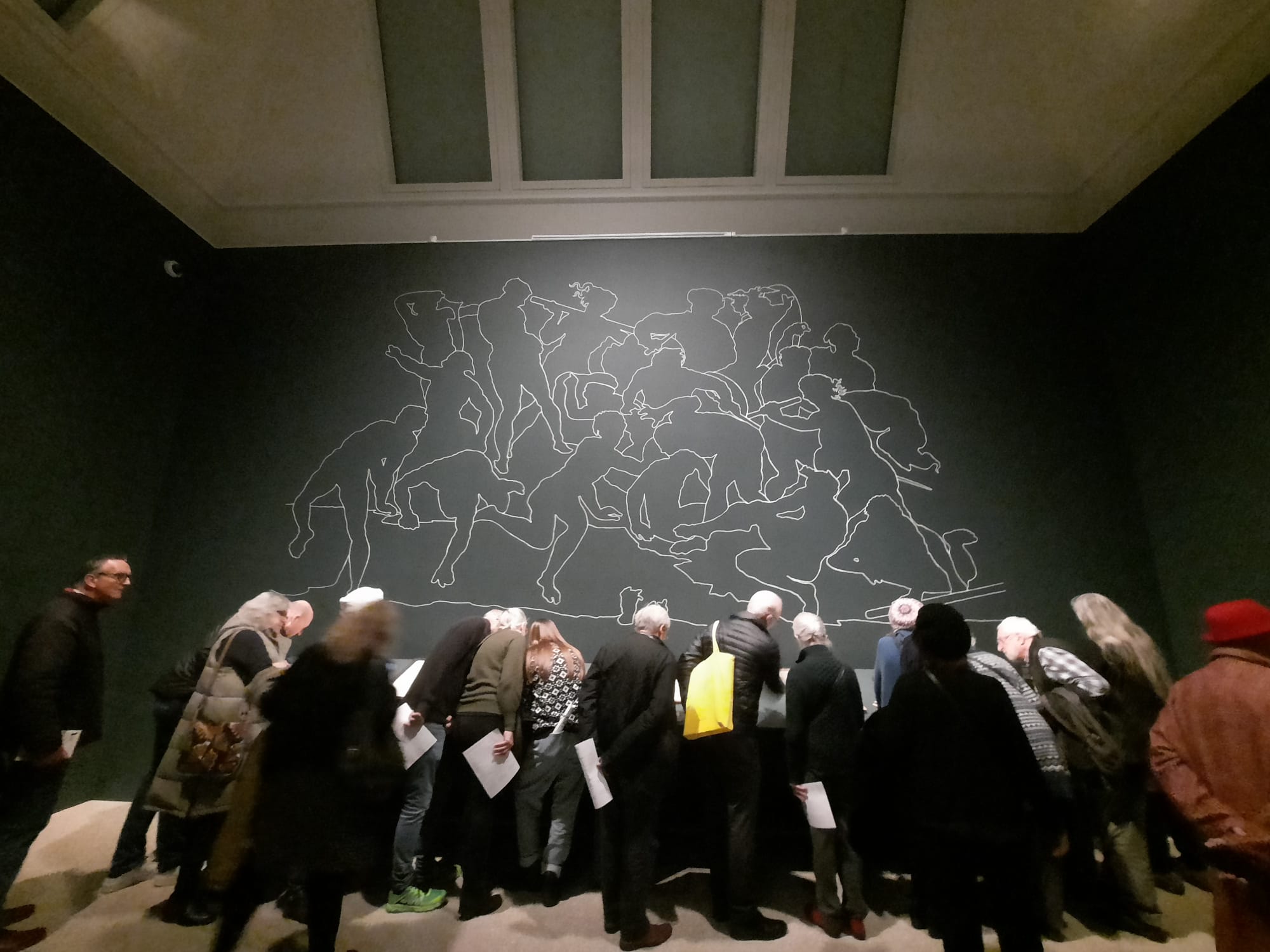Michelangelo, Leonardo, Raphael: Florence c. 1504 – Royal Academy, London (LAST CHANCE TO SEE)
The premise is interesting, the works are good, the presentation isn’t bad. So what was I missing at Michelangelo, Leonardo, Raphael: Florence c. 1504?
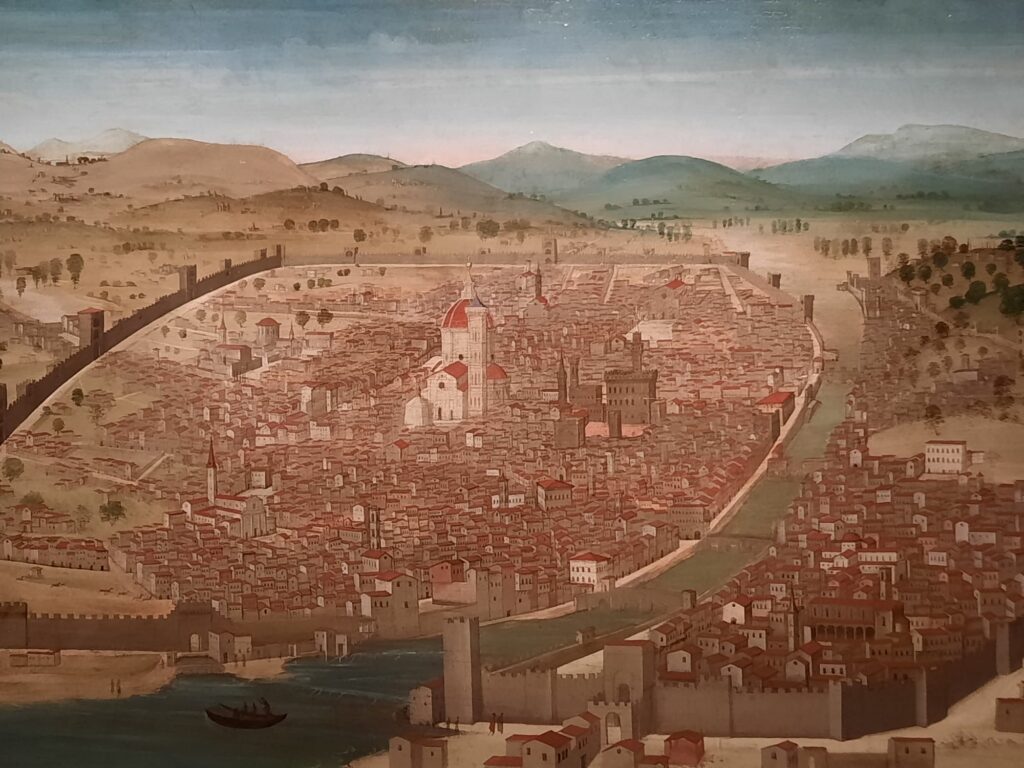
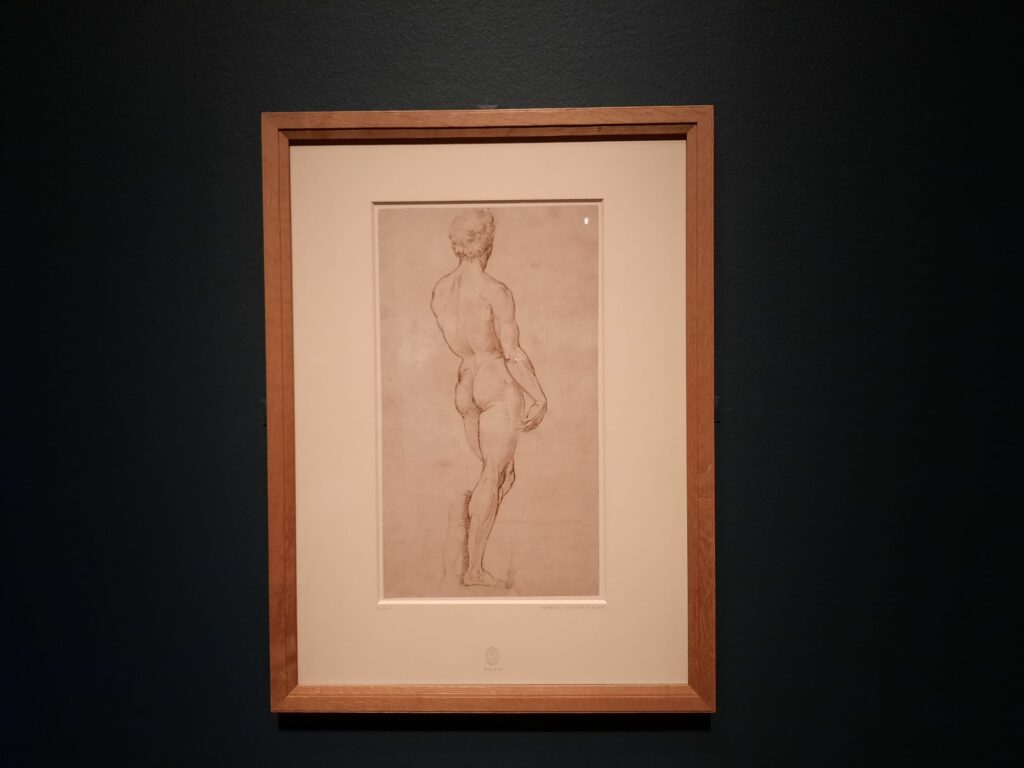
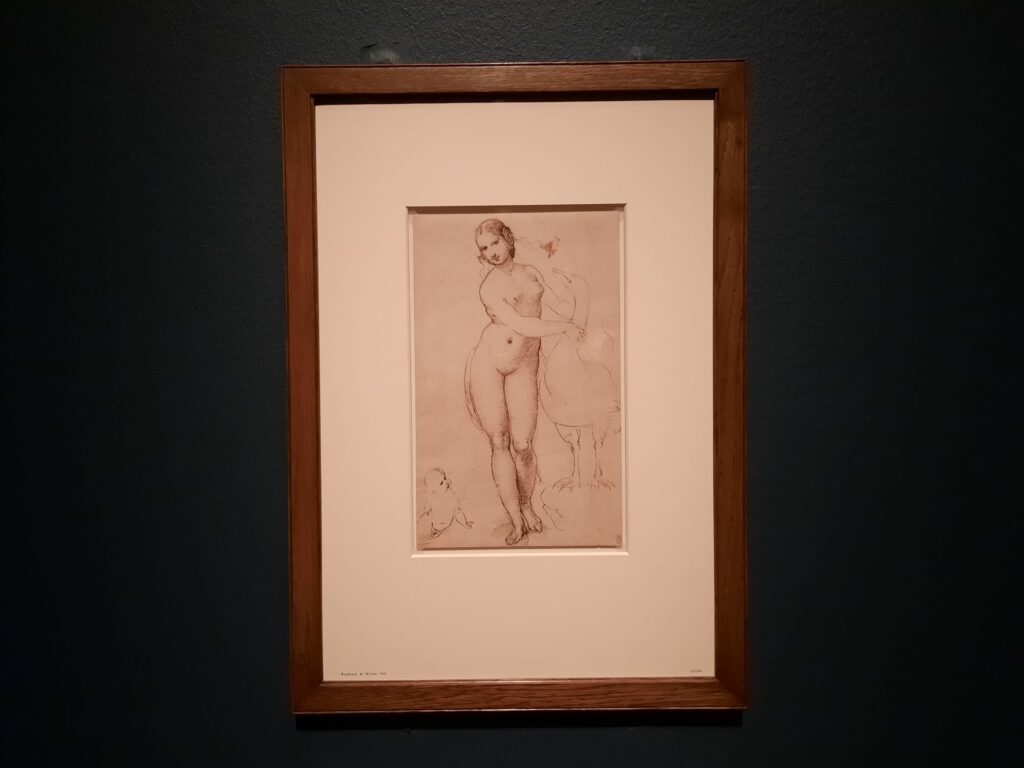
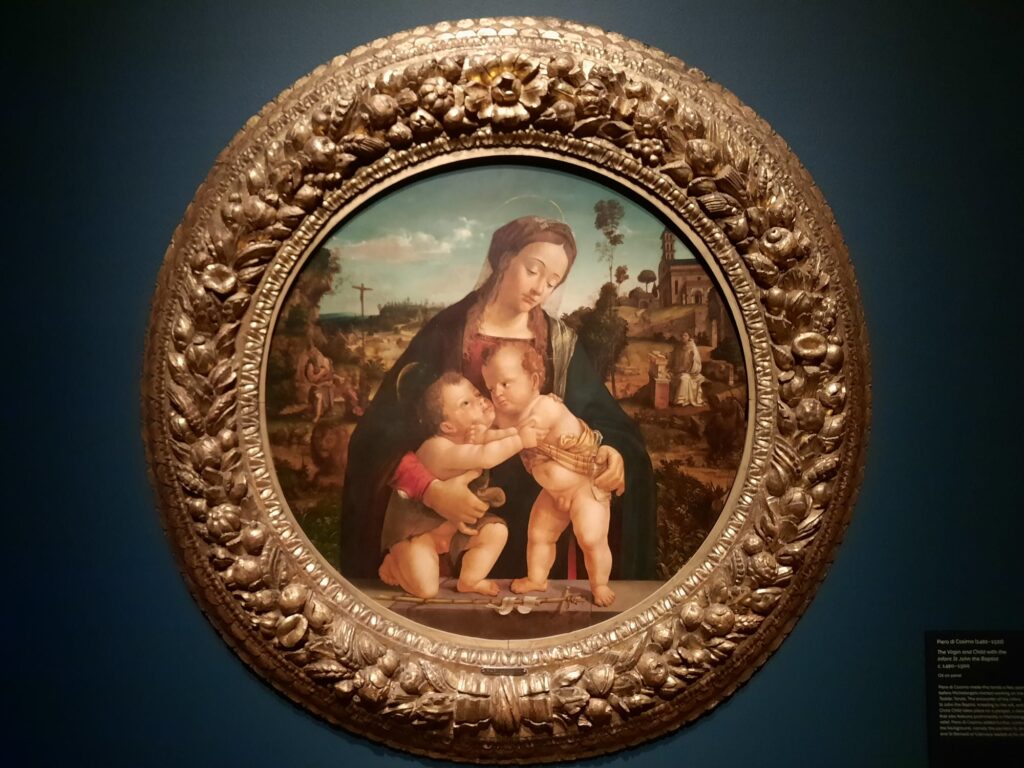
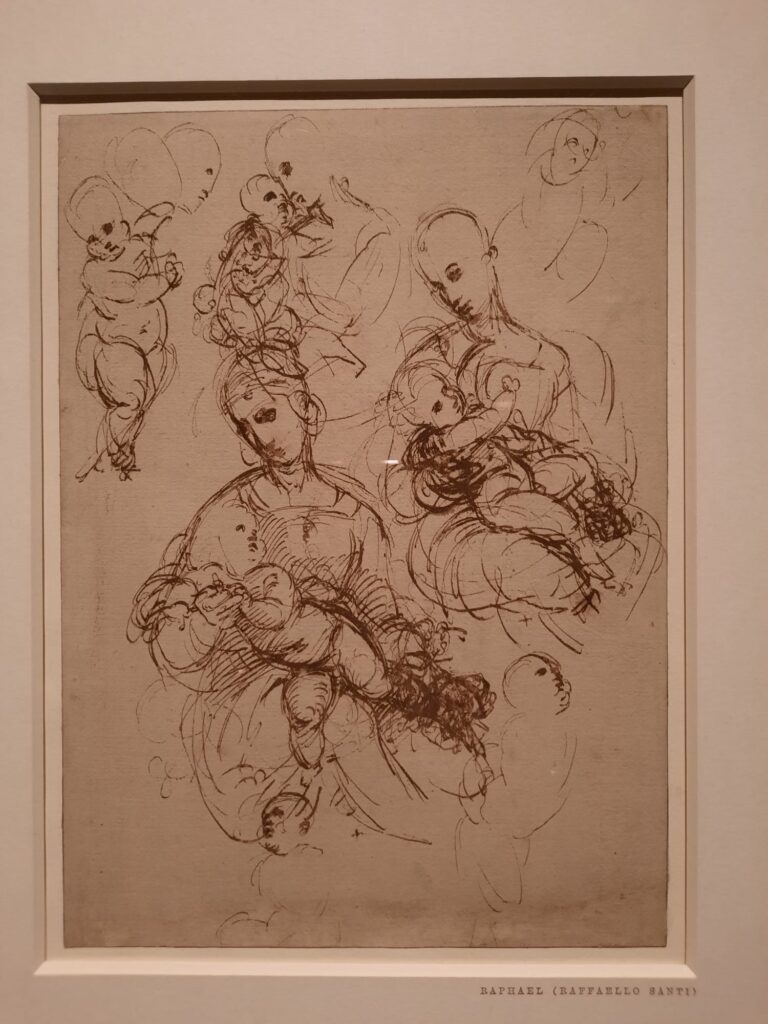
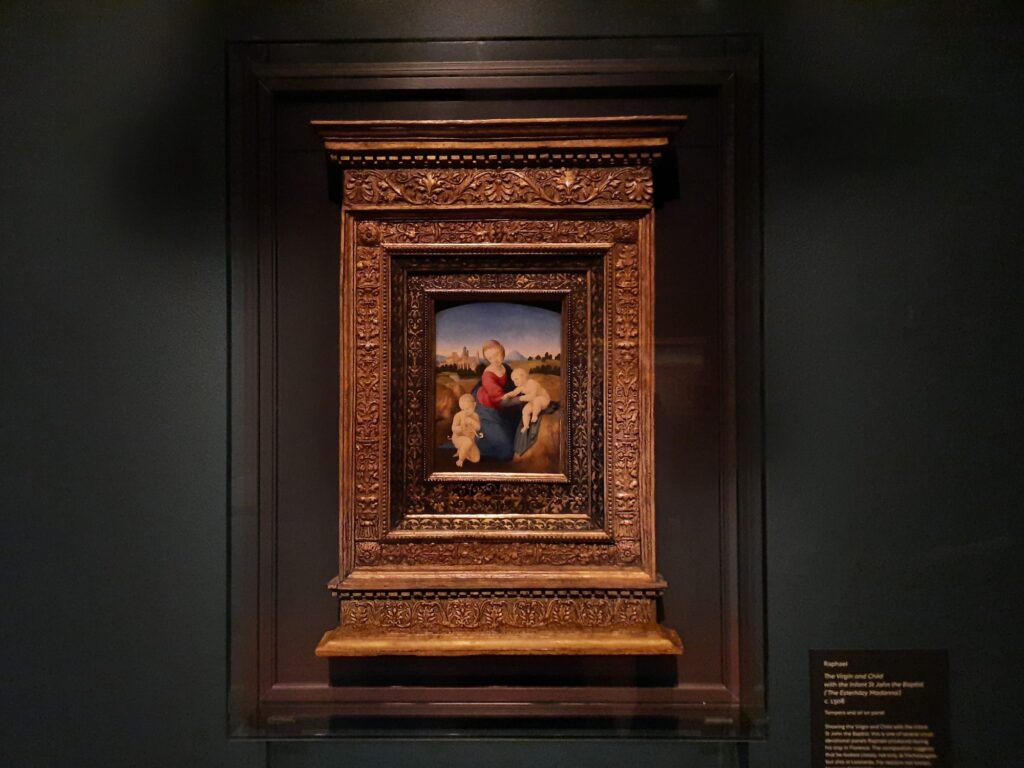
Michelangelo, Leonardo, Raphael: Florence c. 1504
You’re going to be putting up with a few more last minute reviews in the coming weeks, I’m afraid. There was Hew Locke at the British Museum, then Medieval Women at the British Library. And a few more to come. It’s that time of year when I realise the winter exhibitions are coming to an end, and do the rounds to try to catch them. Anyone else always find exhibition closing dates sneak up on them?
This one is very last minute. You’ve only got a week to see Michelangelo, Leonardo Raphael: Florence c. 1504. But, despite what this timing indicates, it is one I had definitely wanted to see. I like Florence. I find the art of the Renaissance fascinating and enjoy learning more about it. And the premise (per the exhibition website) sounds exciting:
“At the turn of the 16th century, three titans of the Italian Renaissance – Michelangelo, Leonardo and Raphael – briefly crossed paths, competing for the attention of the most powerful patrons in Republican Florence.”
Michelangelo, Leonardo, Raphael | Royal Academy of Arts
The exhibition materials talk a lot about a specific moment, on 25 January 1504, when Florence’s most prominent artists came together to discuss where to place Michelangelo’s almost-finished David. But it’s not actually sculpture, or David, that the exhibition is about. It’s actually a very specific art historical argument that underpins the exhibition. And I’m going to go into it in more detail in the next section.
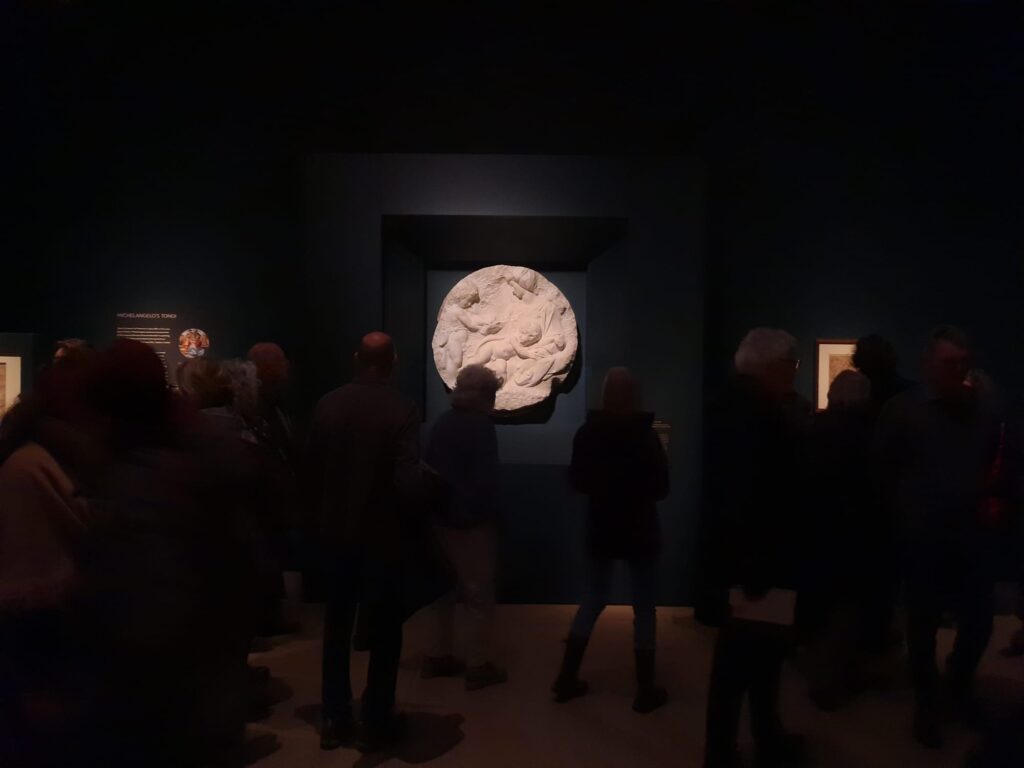

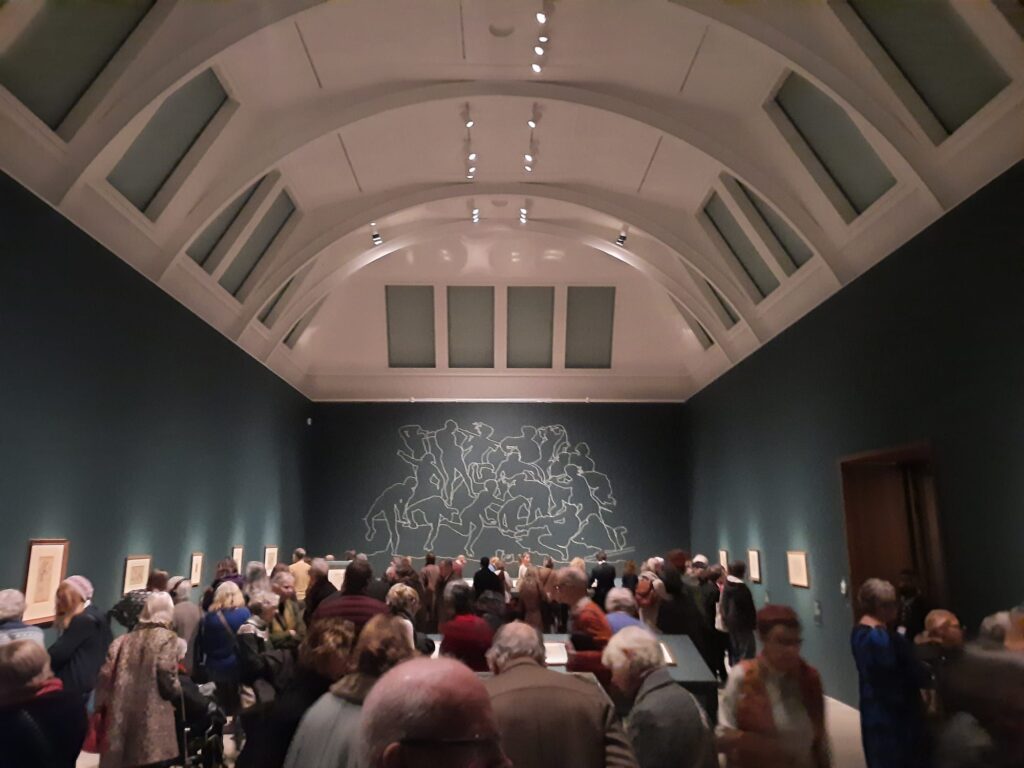
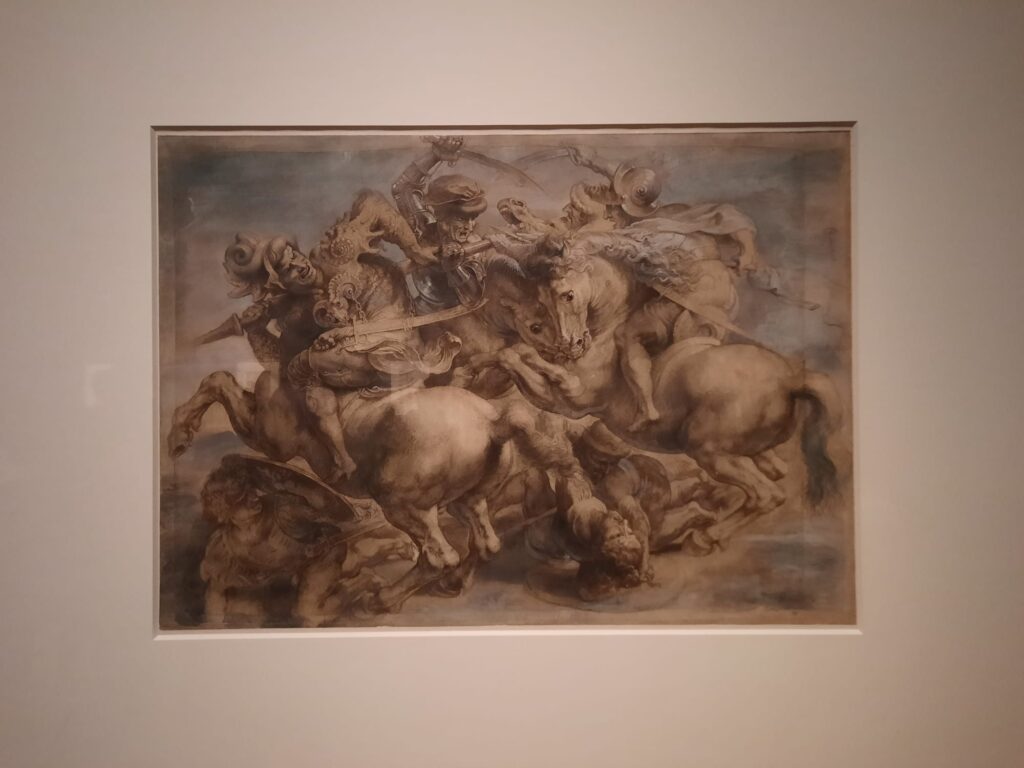
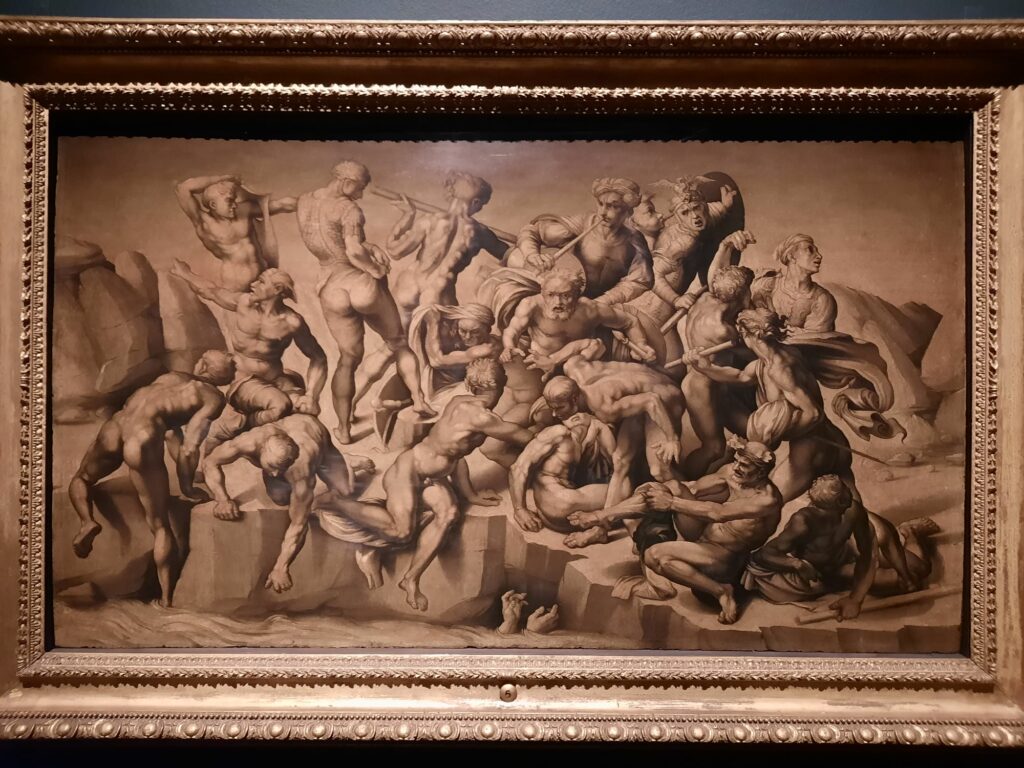
Artistic Rivalries, Artistic Inspirations, Artistic Magpies
If the exhibition were actually about Florence in 1504 or the artists who formed part of that committee, it wouldn’t necessarily focus only on those three. Botticelli was also there, for instance, as were Filippino Lippi and Piero di Cosimo. So what is it about, then? Well, it’s a lot more about drawing than it is about sculpture, for a start. And really what it’s about is the way you can see ideas developing and sparking from one another in drawings and finished works by Michelangelo, Leonardo and Raphael in particular.
Leonardo (b. 1452) and Michelangelo (b. 1475) were both natives of Florence. Raphael, the youngest of the three (b. 1483), was from Urbino, closer to the Adriatic coast. All three lived and worked in different Italian cities throughout their careers, so it is notable that they were all in the same place in 1504. But when I visited the exhibition I didn’t quite understand the big deal curator Per Rumberg was making of them sketching each others’ works and then riffing on them. Isn’t that normal? Particularly in an age where artists were apprenticed to older artists, and where making copies of works was a major part of an artist’s education?
Rumberg’s point is more specific than that. It’s about a specific sort of composition. A twisting or pivoting that introduced a new dynamism to Virgin and Child compositions. And how you can see the idea developing and manifesting in different ways in Michelangelo’s Taddei Tondo, Raphael’s Bridgewater Madonna and Esterházy Madonna, and Leonardo’s Burlington House Cartoon, as well as all the preparatory sketches for these works.
There are a couple of additional points the exhibition makes. The first is a claim: that the Burlington House Cartoon may have a later date than previously supposed, and may have been the finished drawing which was displayed to great public acclaim in 1507, being a proposal for an altarpiece commission for the Palazzo della Signoria. The second point is also around the Palazzo della Signoria, and is that the importance of the rivalry between Leonardo and Michelangelo over their ultimately unrealised commissions to commemorate notable battles in monumental murals within the Palazzo.
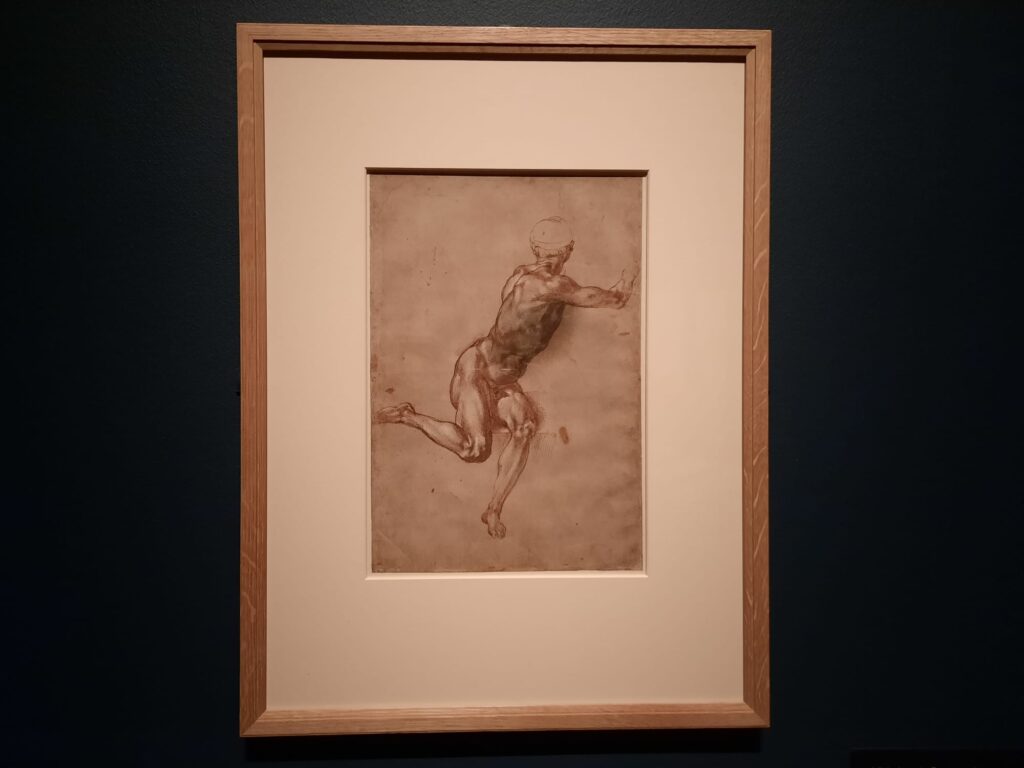
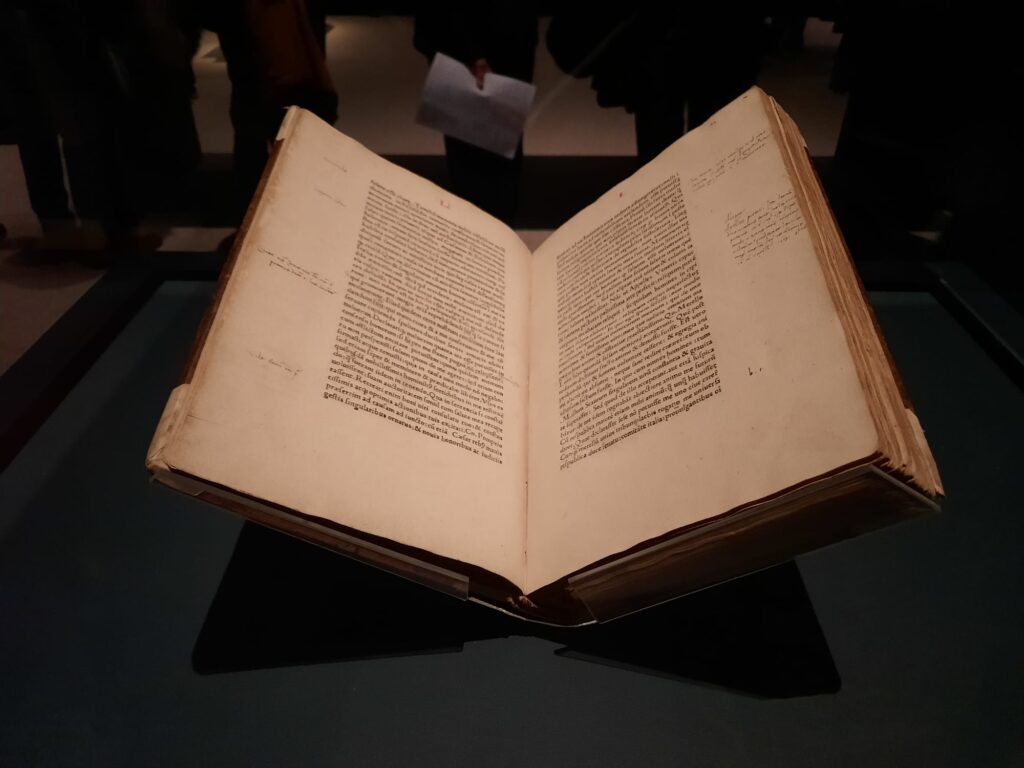
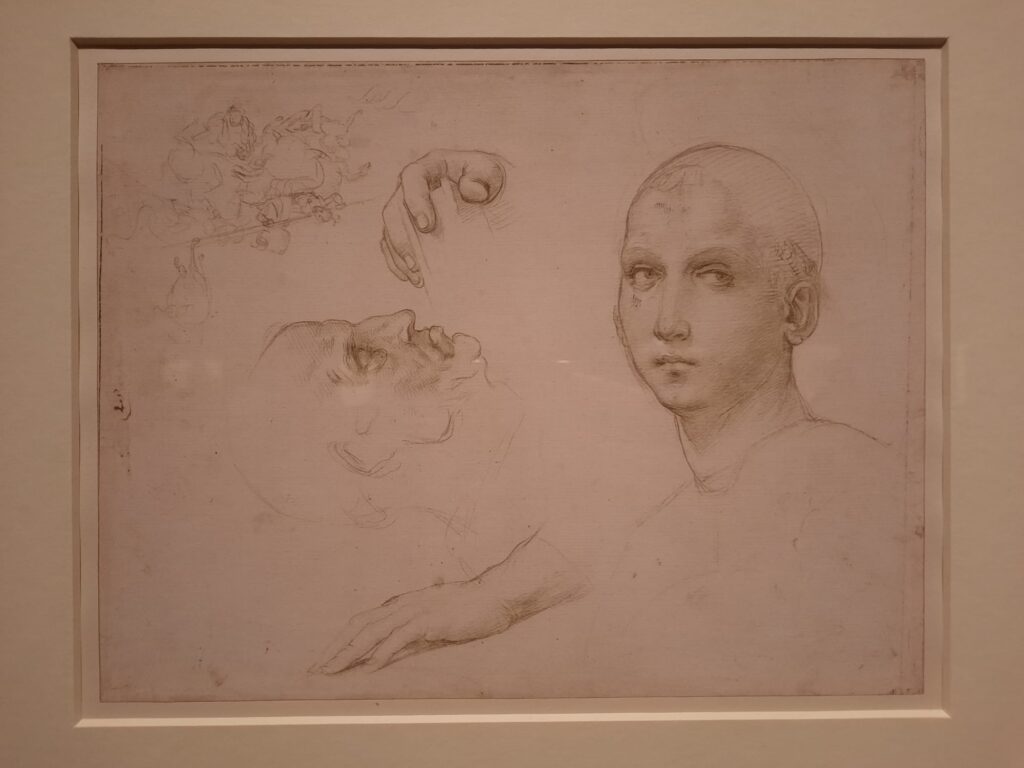
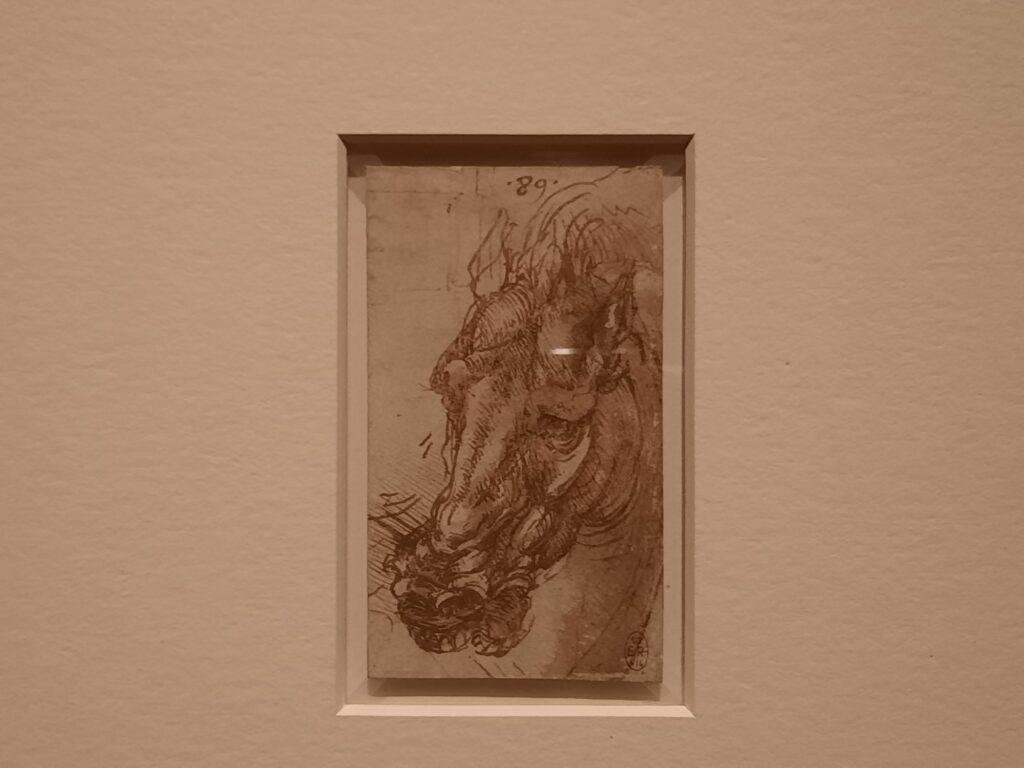
Visit the Exhibition, or Read the Catalogue?
So what we have, then, is a very academic sort of exhibition. And, I would argue, one which is difficult to fully expand upon in the limited space of the Royal Academy‘s Gabrielle Jungels-Winkler Galleries. The first room is all about the first point to do with new compositions and ideas and how the artists worked them out in sketches. It’s particularly interesting seeing the young Raphael thinking things through in his drawings. This first point reaches a crescendo in the second room, which is entirely given over to the Burlington House Cartoon in a space almost like a chapel. The third room is for the rival Palazzo della Signoria commissions: copies of both cartoons, and various preparatory sketches.
I stand by the fact that the period is interesting, the city is interesting and the artists are interesting. But, if I can’t quite figure out the point of the exhibition by visiting it, is it too complex? Or was there something else impeding the communication between curator and visitor? It was busy, to be fair.* It didn’t feel quite as jam-packed as this one I recently complained about. But you can see the crowds in some of the photos above (the flow around the Burlington House Cartoon doesn’t work well with this many visitors and is a bottleneck). And I think there was also limited space to explain quite nuanced and well-researched ideas. I do think it’s important to have space for academic, art-historical exhibitions in our major institutions. But should I have to pre-read the catalogue to get the most out of it?
Despite these reservations, I do think you should do a last minute visit of your own, if you get the chance. The exhibition brings together some great drawings. You’ll get to read some amusing complaints about artists not finishing the commissions they start. And also come to understand a bit more about how the minds of the great artists of the Renaissance worked. Not a bad outcome for an exhibition visit, whether or not you read the catalogue to fully understand the curator’s intent.
Salterton Arts Review’s rating: 3.5/5
Michelangelo, Leonardo, Raphael: Florence c.1504 on until 16 February 2025
*A quote about that drawing of Leonardo’s really resonated: “men and women, young and old, continued for two days to flock for a sight of it to the room where it was, as if to a solemn festival, in order to gaze at the marvels of Leonardo, which caused all those people to be amazed.” Imagine that, but for several months, and at the RA.
Trending
If you see this after your page is loaded completely, leafletJS files are missing.

